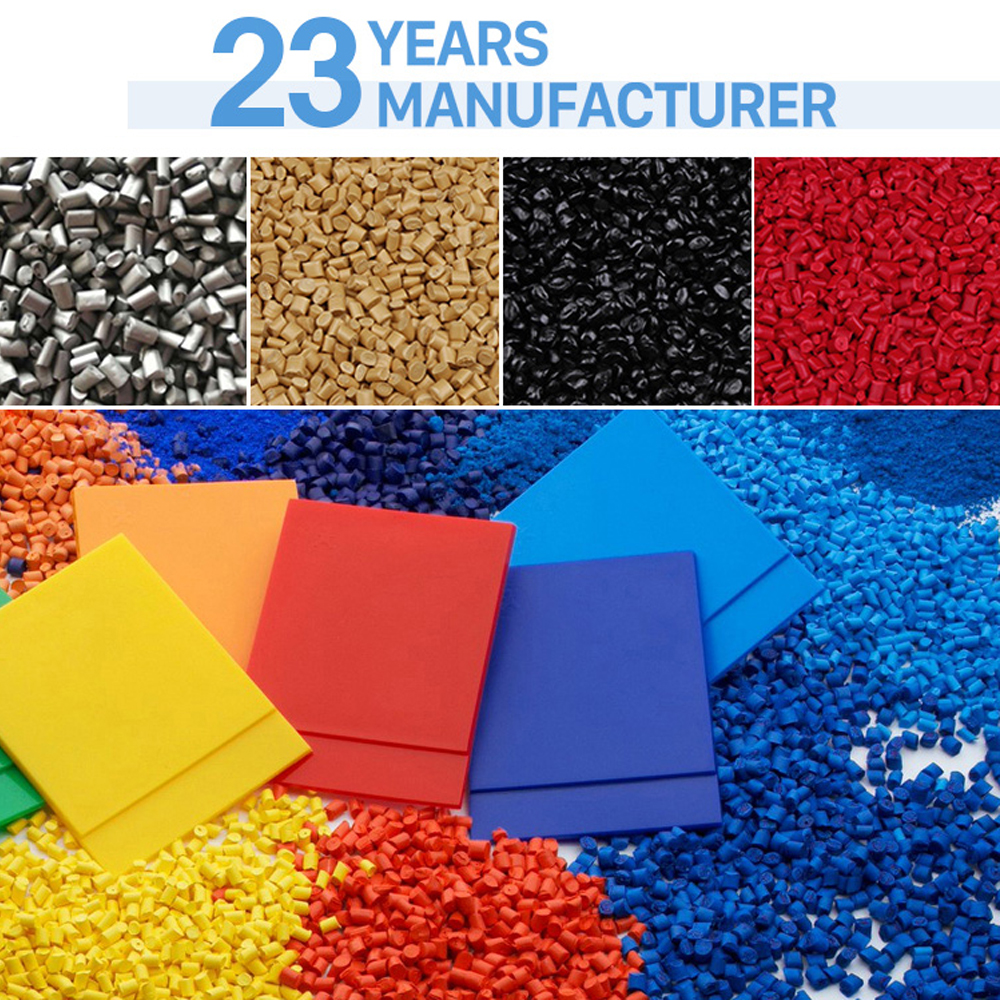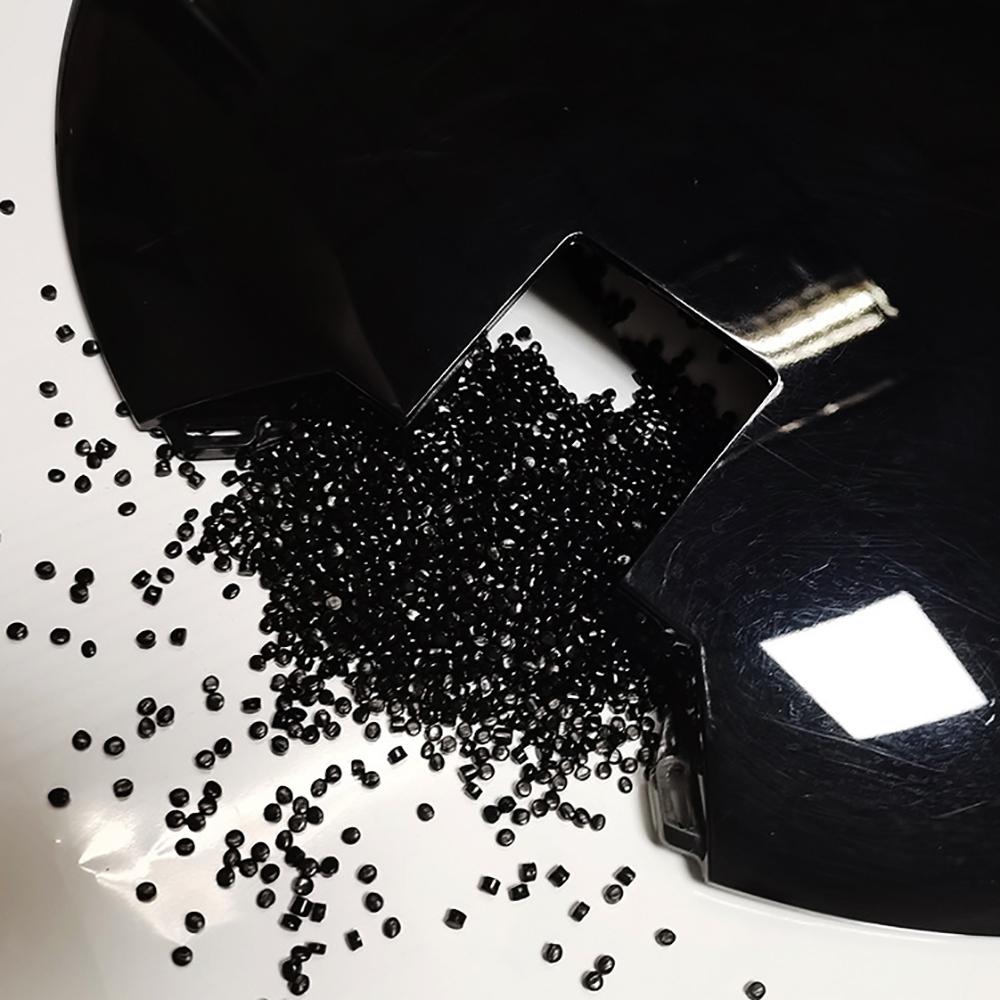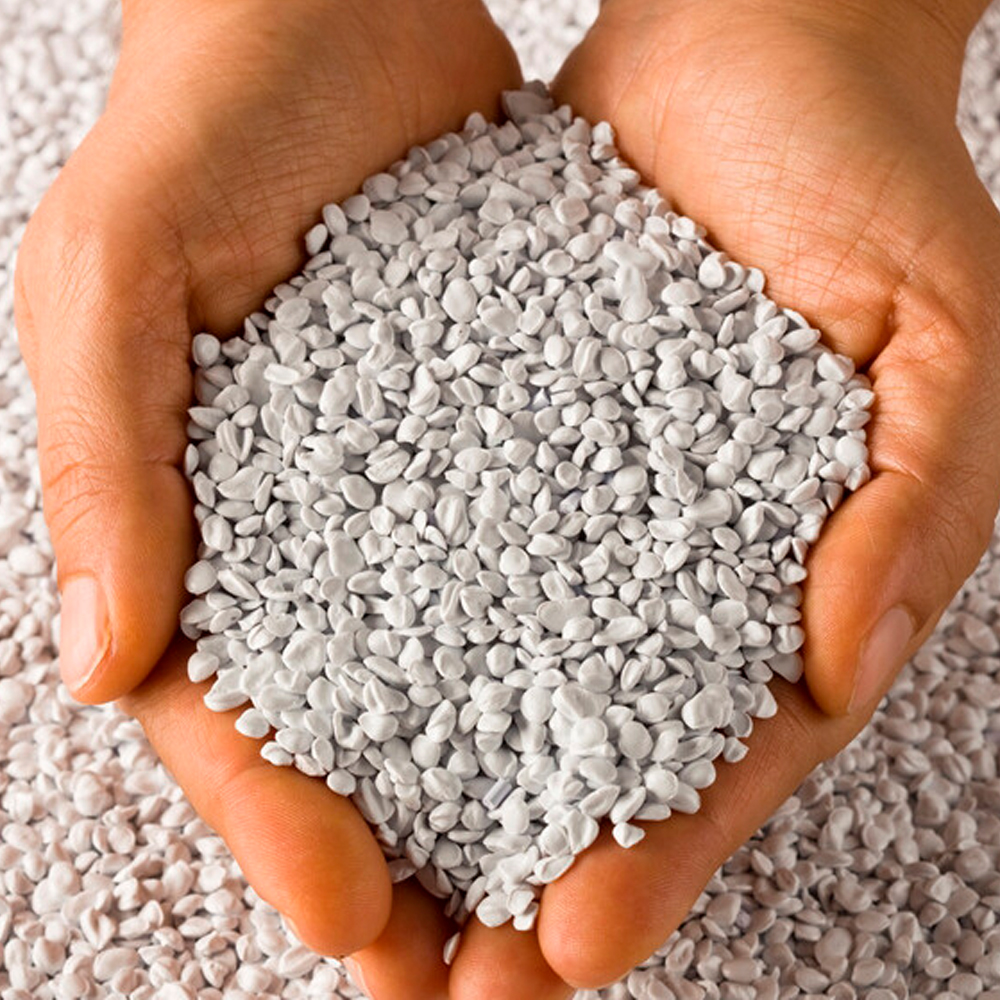
Color Enhancement in Masterbatch Production through Pigment Dispersions
In the sphere of plastic manufacturing, achieving accurate and lively colors is a pivotal element for product quality and visual appeal.
The ease of handling pellets over powder, the consistency in pigment concentration, and the optimal dispersion all contribute to making masterbatch the preferred choice for manufacturers.
Furthermore, masterbatches are increasingly employed to expedite the degradation process in plastics, rendering them more environmentally friendly. The choice of masterbatch depends on the specific application and requirements of the plastic it will be incorporated into. Here is a guide to assist you in the selection process:
While the primary purpose of using black masterbatch is to achieve a deep black color in your plastic or mask a tinted color, it also imparts useful properties. Carbon black exhibits effective ultraviolet resistance, significantly slowing down color fading in plastic due to sunlight exposure. Additionally, conductive additives enhance the overall conductivity of the plastic, making them suitable for packaging electric appliances, flammable materials, or medical devices requiring proper grounding.
Black masterbatch is widely utilized and stands out as the most cost-effective option. If you seek an affordable, sleek, and durable plastic, then choosing black masterbatch is the right decision.
As the name implies, color masterbatch is employed to introduce various colors to plastics. If your plastic has specific color requirements, a custom-made color can be formulated to match the desired shade. It is versatile and can be blended with other masterbatch additives. Another advantage is that it requires much less inventory than alternative coloring options like pre-colored resins, making it generally more cost-effective.
For vibrant, customizable plastic with minimal wastage, opting for color masterbatch is the optimal choice.
White masterbatch is typically used to impart a consistent and uniform white color to plastics. This masterbatch can also enhance the opacity of your plastic, which proves beneficial in applications where preventing light from passing through the material is crucial. It offers the same UV resistance as black masterbatch, is heat-resistant, and non-toxic. This option is ideal for plastics that demand a polished white finish.
Flame retardancy, antistatic properties, and UV stabilizers can all be introduced to your plastics through additive masterbatches. As mentioned earlier, additive plastics are commonly used to enhance the biodegradability and recyclability of plastics. Another advantage is the customization of this masterbatch type according to the desired properties for your plastic. If you have specific requirements, additive masterbatches effectively enhance the properties.
Additive masterbatch can be used in conjunction with color, white, and black masterbatch, yielding the most desirable outcome.
Using masterbatch will elevate the value of your plastic, especially if you know how to make the right choice. Seek expert advice and explore affordable options by contacting one of our team members today.
Learn more knowledge and trends in masterbatch industry from our blog.

In the sphere of plastic manufacturing, achieving accurate and lively colors is a pivotal element for product quality and visual appeal.

Black masterbatch is a specialized plastic additive containing a high concentration of carbon black (15-50%) used to impart a deep black color to plastic products.

Filler masterbatch plays a significant role in various aspects of the plastic industry. So, what precisely is filler masterbatch, and how is it incorporated into plastic production? Let’s explore these aspects in the following discussion.
©2023. Masterbatch Manufacturer All Rights Reserved.
Our team will send back the best offer in 20 minutes.